"Soul" of Tran Nhan Tong relic map
An excavation by the University of Social Sciences and Humanities (VNU -Hanoi ) at Ngoa Van hermitage (Dong Trieu town, Quang Ninh) in 2017 uncovered a "holy relic". Near the Tam Bao temple, archaeologists found a box. "On the surface of the box, there are cloth marks and cross-shaped ties. That shows that the box was wrapped in a cloth bag, tied on the outside with a tie", said Dr. Nguyen Van Anh, the person in charge of the excavation.
The relic box of Emperor Tran Nhan Tong when it was first excavated.
PHOTO: PROVIDED BY DR. NGUYEN VAN ANH
Thinking of the possibility that this was a box containing the relics of Emperor Tran Nhan Tong, to ensure its sacredness, scientists and managers decided not to open it but to use X-rays to study it. The X-ray images showed that the box had a two-layer structure, meaning a box within a box.
"Inside the box there is a stick-shaped object and a round object, quite similar to the face of a molar. Comparing the shape and structure of this box, it can be seen that it is quite similar to the shape of the relic boxes discovered in Buddhist towers in China and Vietnam. The most important difference between this relic and the discovered relic boxes is that it has no decorative patterns," said Dr. Nguyen Van Anh.
According to research by Dr. Nguyen Van Anh, the box has many similarities with the records that when Emperor Tran Nhan Tong passed away, his disciple Phap Loa organized a cremation and collected several thousand relics. After that, some were left in Ngoa Van to build a stupa, also known as the Emperor Buddha Tower. Others were brought to Thang Long, then from Thang Long to Thai Binh ...
Dr. Van Anh added that according to research, the "map" of the Buddha's relics has 8 locations. Of which, Dong Trieu, which is both the homeland of the Tran Dynasty and the center of the Truc Lam Yen Tu Zen sect, has 4 locations preserving the Buddha's relics. According to Dr. Van Anh, the discovery of the box containing the relics does not change the map but "further confirms that the records about this are well-founded".
The relic box in Nhan Tower is currently kept at Nghe An Museum.
PHOTO: Dr. PHAM LE HUY
X-ray image of the box containing the relics of King Tran Nhan Tong
PHOTO: PROVIDED BY DR. NGUYEN VAN ANH
Regarding whether it is possible to be 100% certain that these are the relics of Emperor Tran Nhan Tong, Dr. Nguyen Van Anh said: "If we are to say whether there is anything that can directly confirm whether these are the relics of Emperor Tran Nhan Tong or not, then here we can only use the method of elimination."
The relic box is currently placed in the tower at Ngoa Van Yen Tu. Although there have been descriptions and X-ray images during the research process, placing it in the tower may make it more difficult to build a national treasure dossier. "The box is now placed in the tower, so it is difficult to build a treasure dossier. Normally, people would want to make national treasures with artifacts that are currently visible," said Dr. Van Anh.
In addition, with the conclusion that this is the relic of Emperor Tran Nhan Tong coming from the exclusionary speculations, building a national treasure dossier may also be difficult. "If people doubt that this is not the relic of Emperor Buddha, it will be difficult. At that time, the uniqueness and historical and cultural values will be difficult. If people also believe that the argument of the archaeologists is correct, then this is indeed a national treasure. If they do not believe, the core problem has not been solved," said Dr. Van Anh.
National treasures at Nhan Tower
The discovery of the Buddha's relic box has ended the long period of Buddha's relics in Nhan Tower (Nghe An) being considered "the only relic box ever found in Vietnam". Discovered in 1985, by 2017, this relic box was recognized as a national treasure.
National treasure The stele inscribed with the relics and stupas records that Emperor Wen of Sui distributed relics and built stupas in many places, including Giao Chau.
PHOTO: Dr. PHAM LE HUY
The Buddha's relic box in Nhan Tower is believed to date back to the 7th - 8th century (Tang Dynasty of China), based on a brick made during the Tang Dynasty with the inscription "Zhengguan Luc Nien". The treasure records show that on the top of the lid of the box there is a decorative band with a 6-petaled round chrysanthemum pattern; around the body of the box are stylized lotus flowers. About 1/3 of the inside is ash, on the surface of the ash layer there are two opaque white semicircles, transparent and thin like eggshells, which are the relics.
However, the origin of Buddha's relics is believed to have originated from the distribution of relics by the Sui Dynasty. According to Dr. Pham Le Huy (University of Social Sciences and Humanities, Vietnam National University, Hanoi), from 601 to 604, Emperor Yang Jian of Sui distributed relics three times and organized the construction of stupas to enshrine relics in more than 100 prefectures. According to Dr. Huy, this was part of the Buddhist revival policy of the founder of the Sui Dynasty, and also an occasion to establish borders. This also affected Vietnamese Buddhism, because among the more than 100 prefectures and districts chosen by the Sui Dynasty to distribute relics, there were also the prefectures of Giao, Phong, Truong, Hoan, Ai... in Vietnam, which were under the control of the government of the Early Ly Dynasty.
The technique of making the box is also very "relics" when researchers evaluate: "The box was made by a goldsmith using the cold stamping method, very similar to the lacquered relic box found in Burma dating back to around the 8th - 9th century AD".
It is worth mentioning that this relic box has raised different views on the burial and cremation customs of Buddhism from 1,400 years ago. According to Professor Ha Van Tan, the way of burying relics in Nhan Tower "reminds us of the custom of burying the dead in coffins carved from tree trunks during the Dong Son culture period in Vietnam. Relic towers are still considered tomb towers, different from memorial towers. Is there a fusion between Buddhism and long-standing indigenous traditions here?"
Meanwhile, Dr. Pham Le Huy's research is based on the research of Japanese expert Kosugi Yasuo. This research suggests that since the Six Dynasties period in China, when building a Buddhist tower, people often set up a small wooden pillar in the center to mark the location of the tower, called "da sat". This construction method lasted until the Sui - Tang dynasties. From there, Dr. Huy believes that the "da sat" construction method was transmitted to Giao Chau from 601, the hollowed-out tree trunk found at the Nhan Thap site is probably also a form of "da sat" of the relic tower and does not have much connection to Dong Son culture. (continued)
Source: https://thanhnien.vn/xa-loi-cua-nhung-vi-phat-trong-nuoc-o-dau-xa-loi-an-minh-185250608225257333.htm


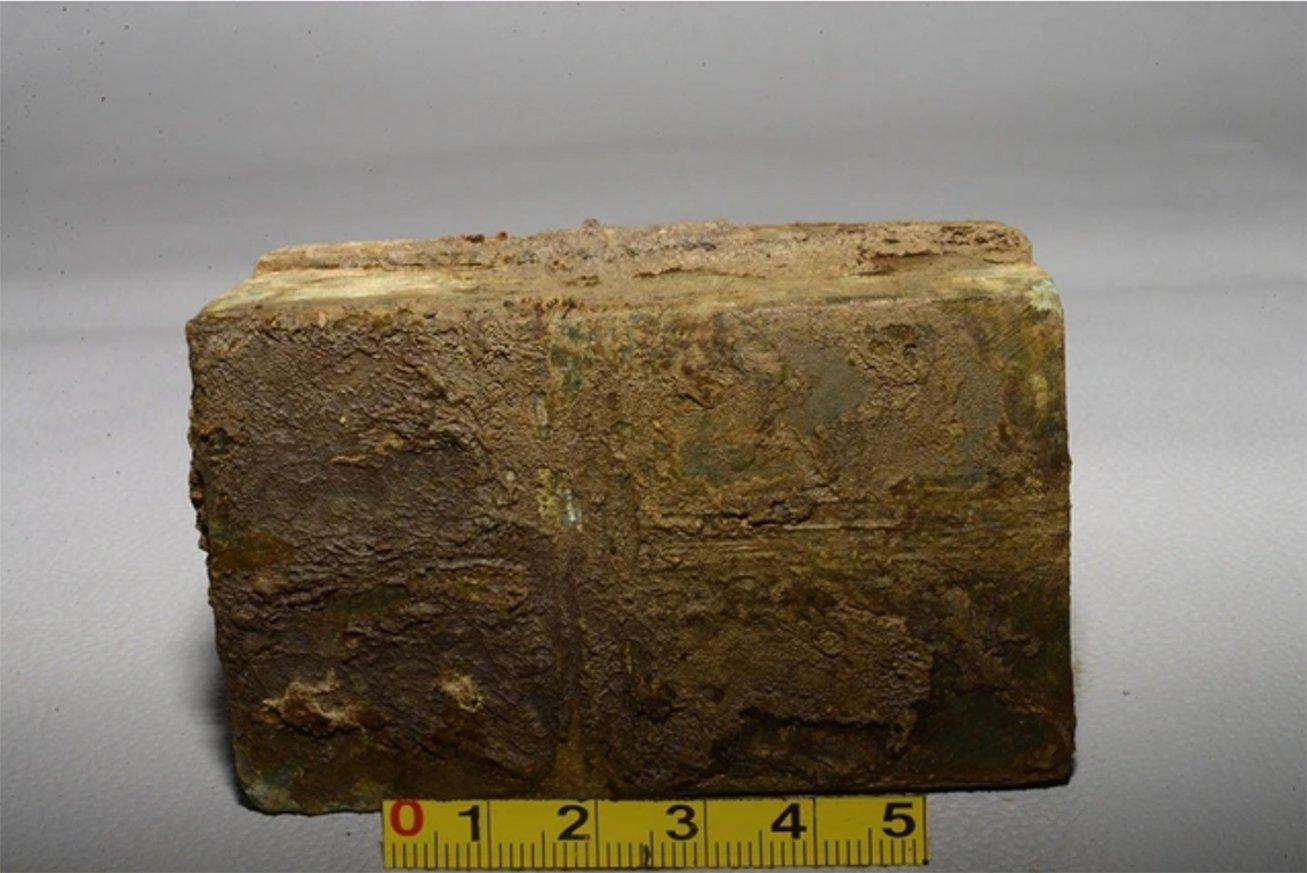

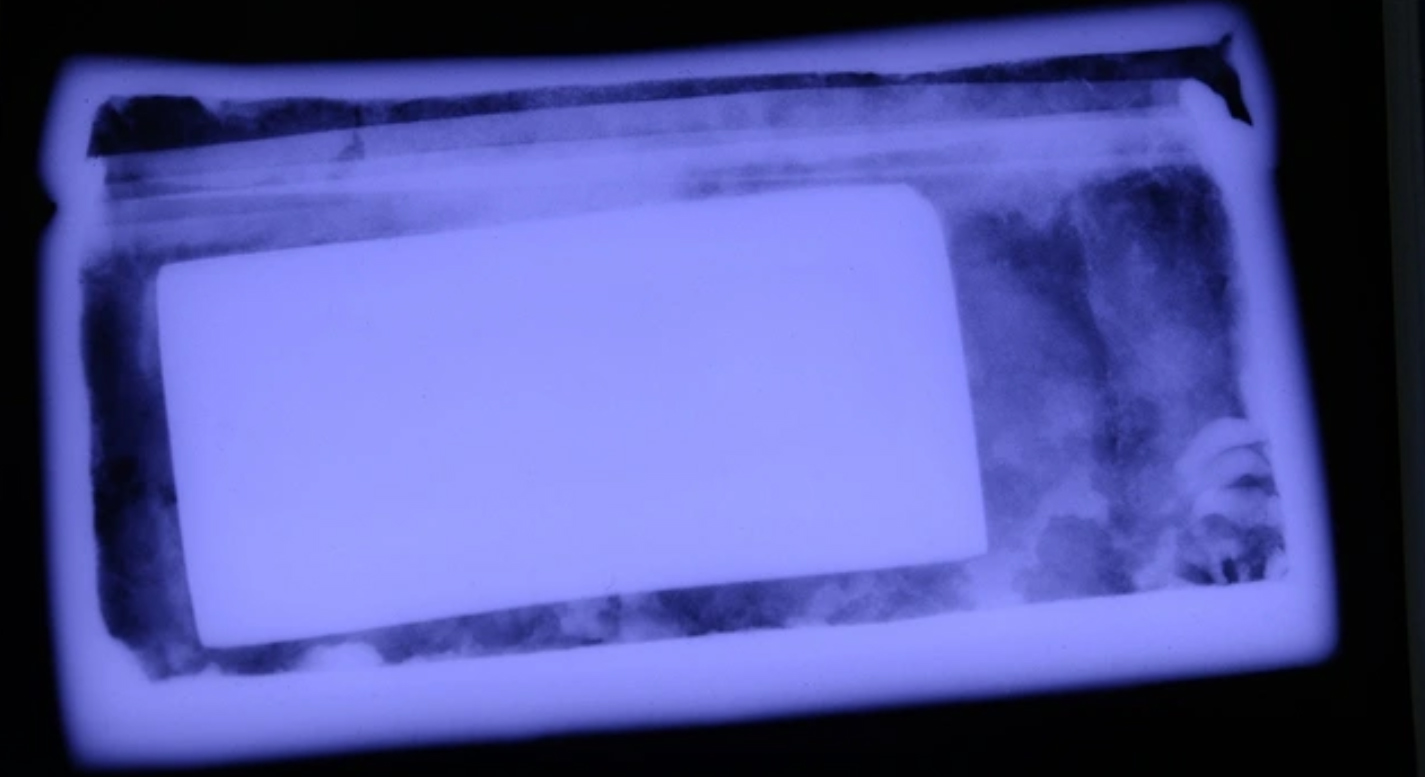
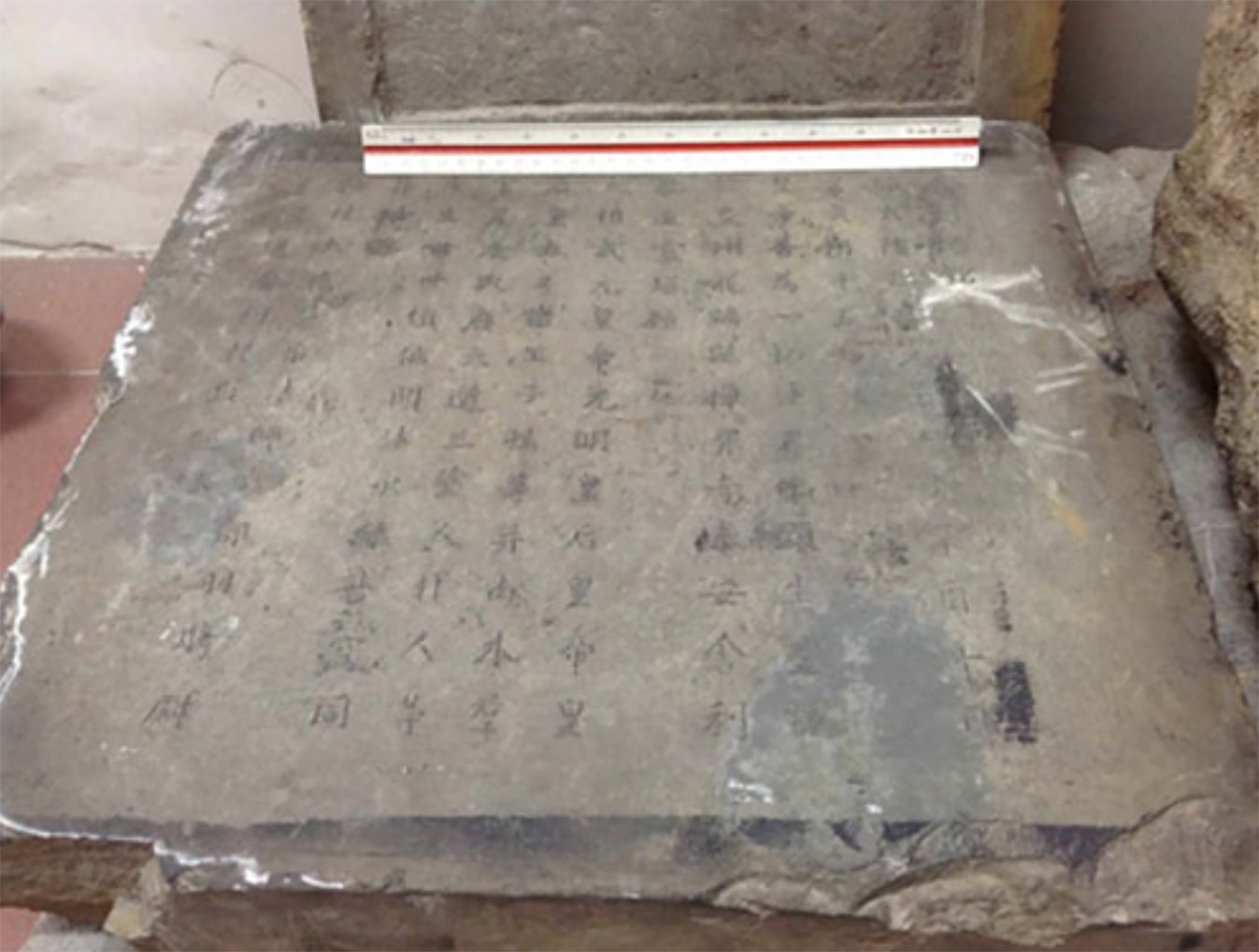
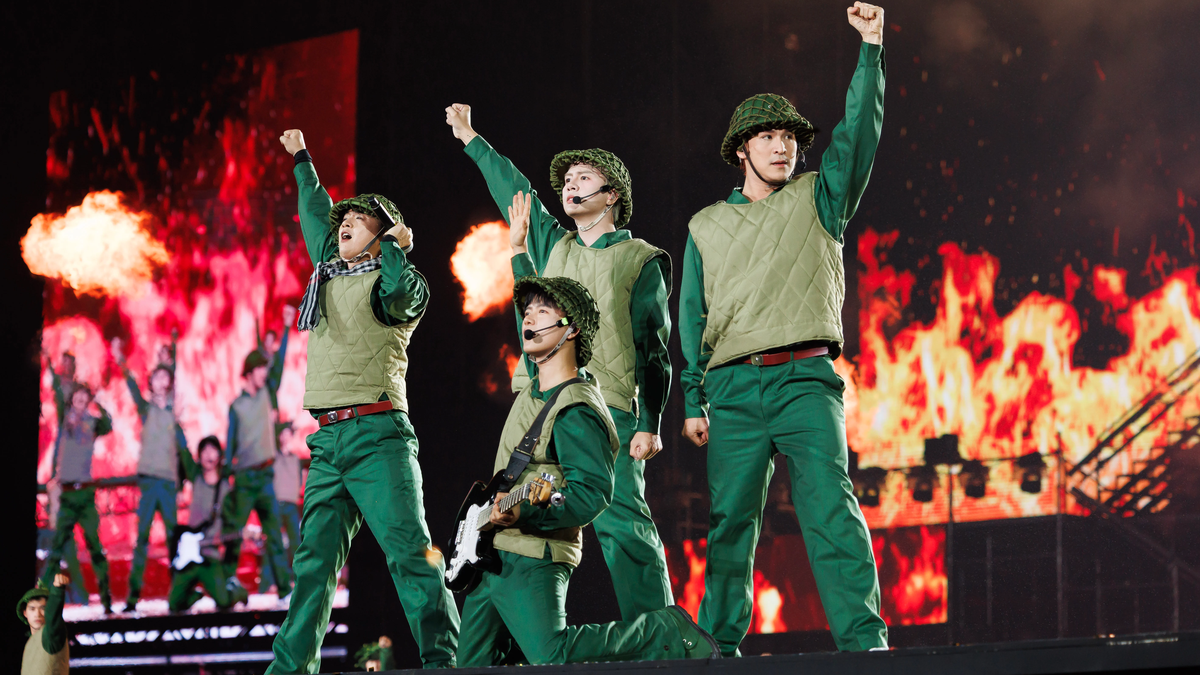

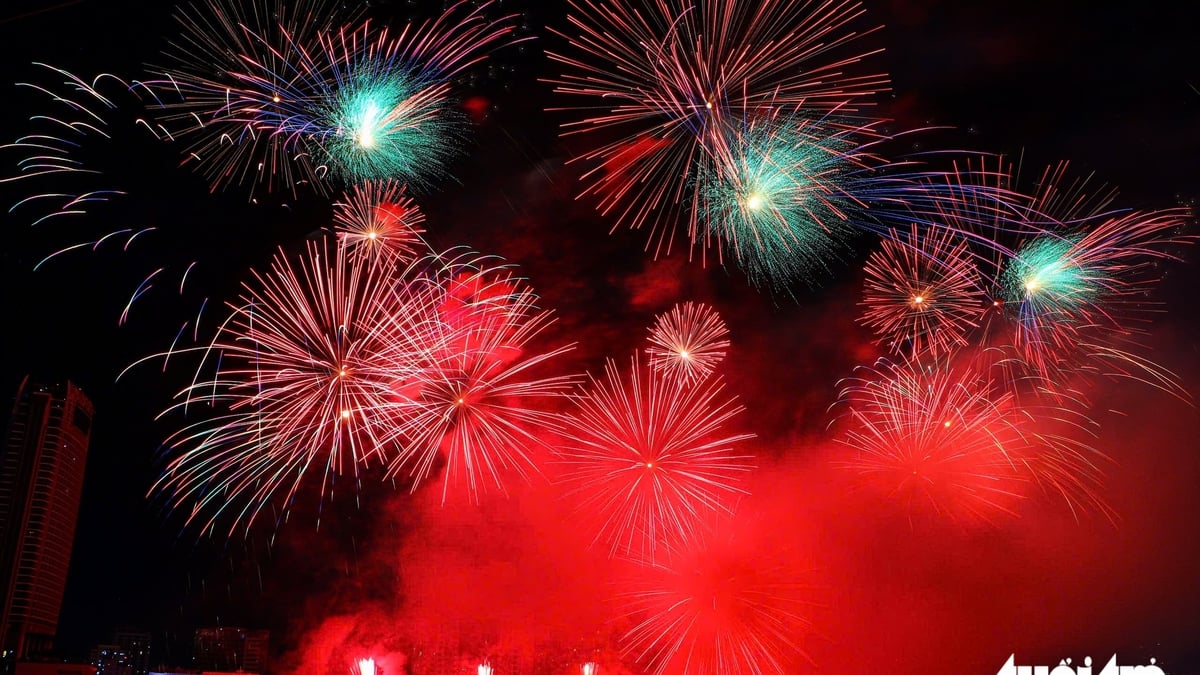

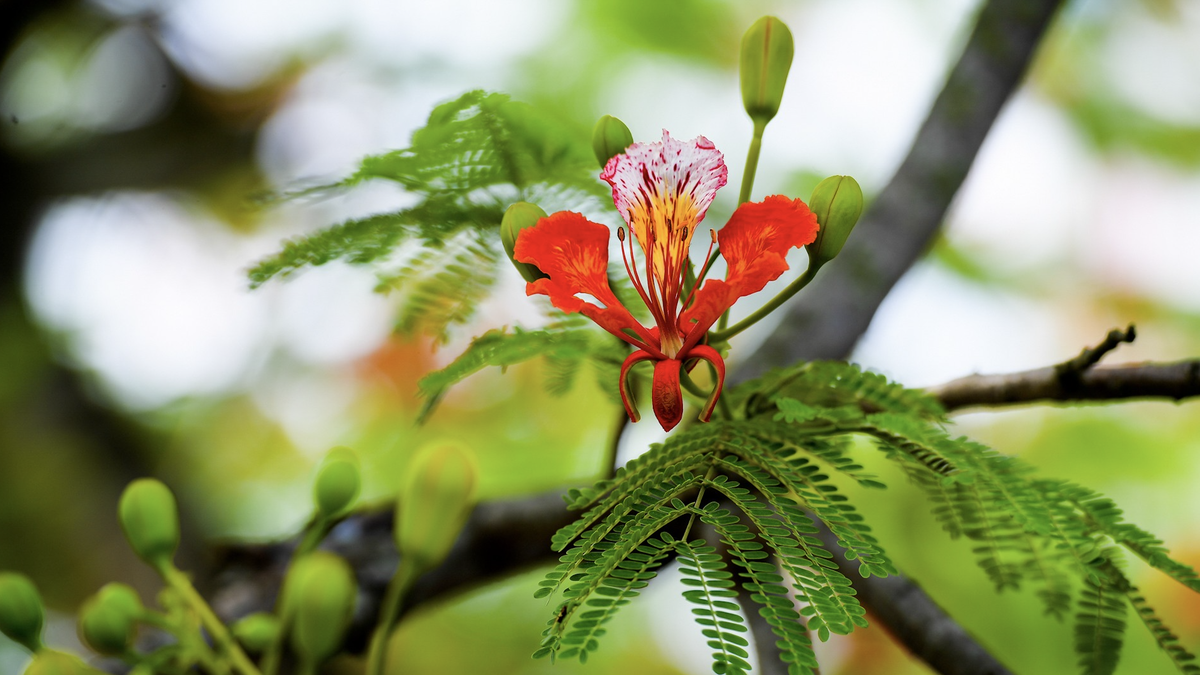






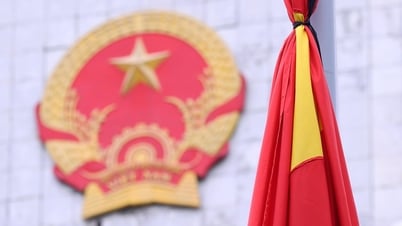


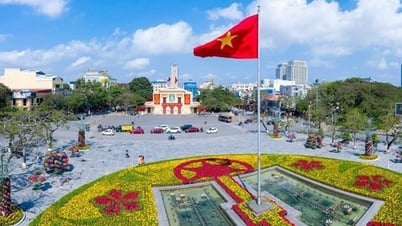









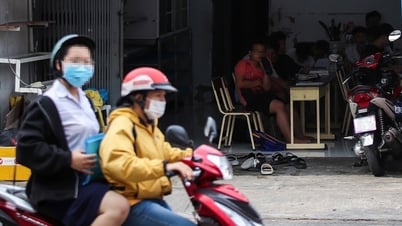
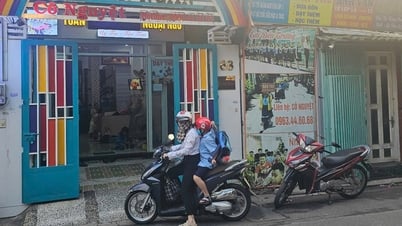

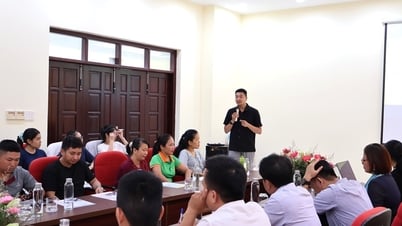

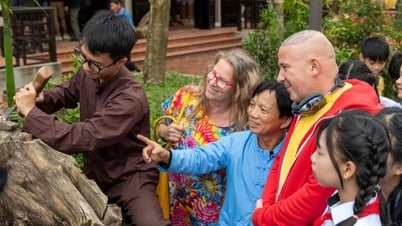




























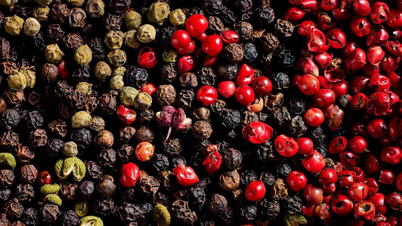
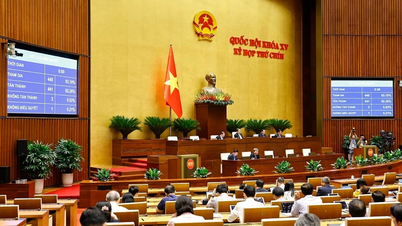

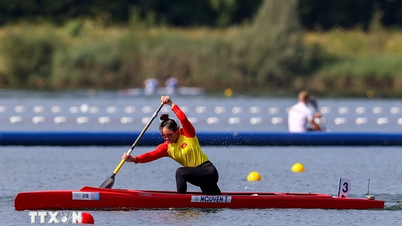
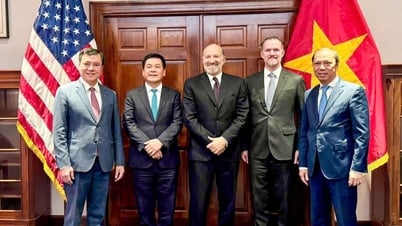

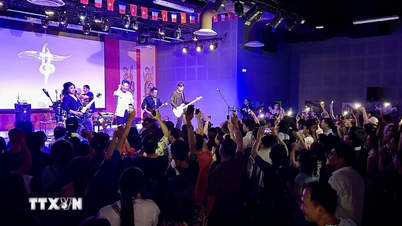


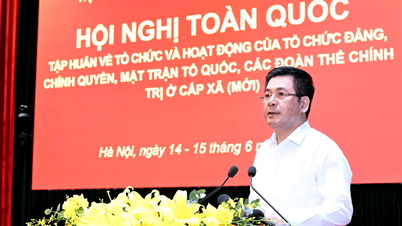


























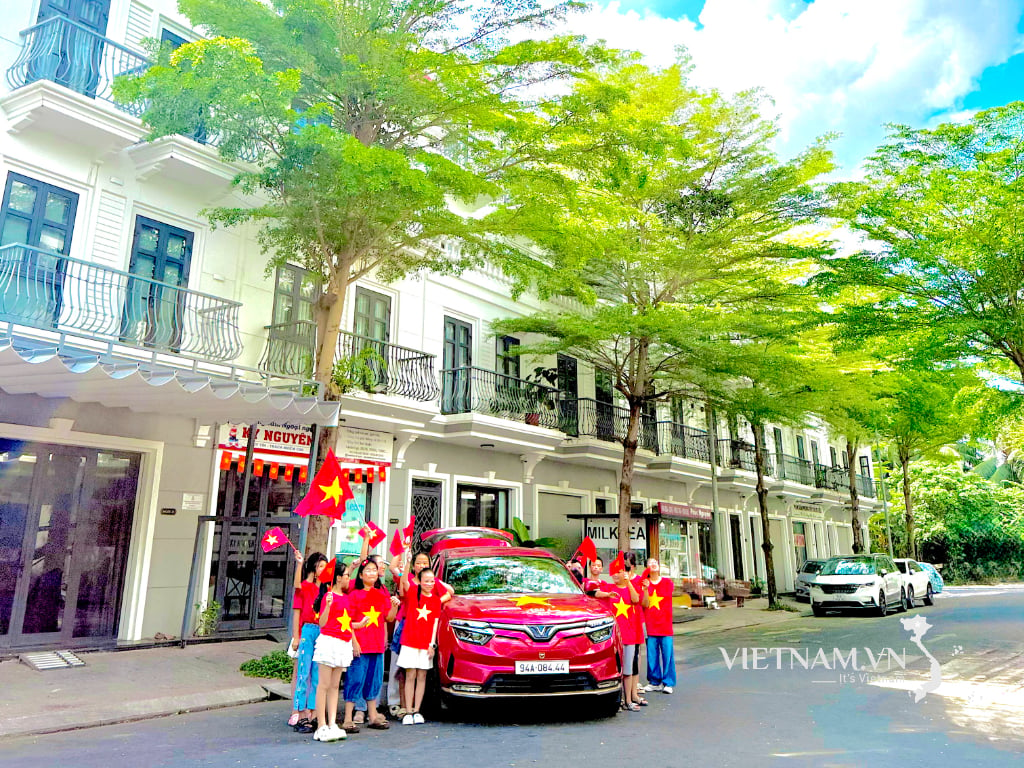

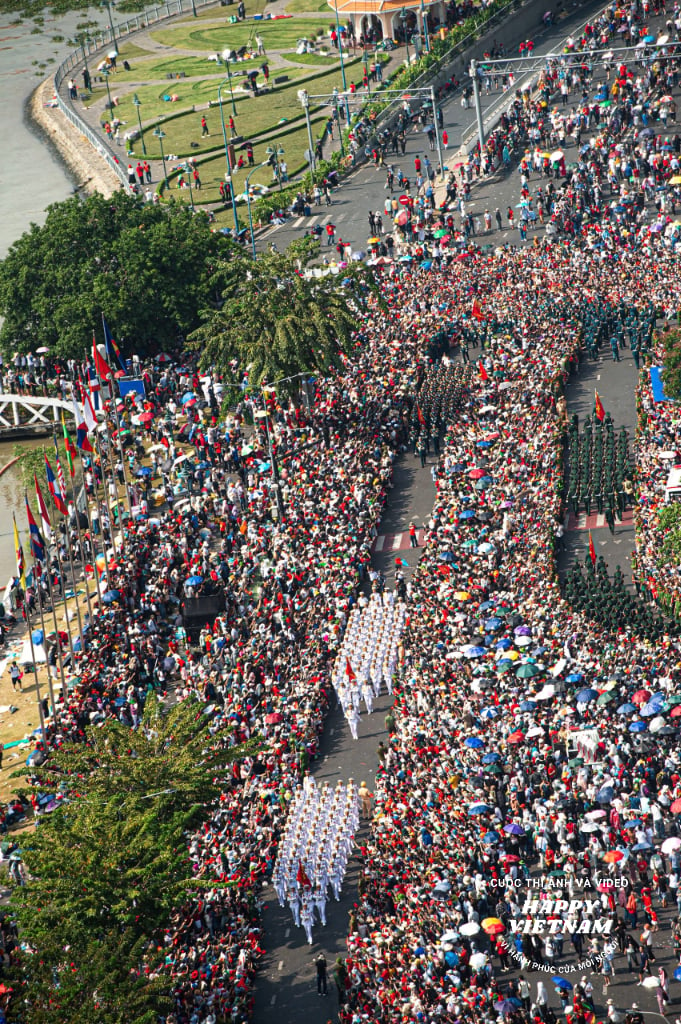
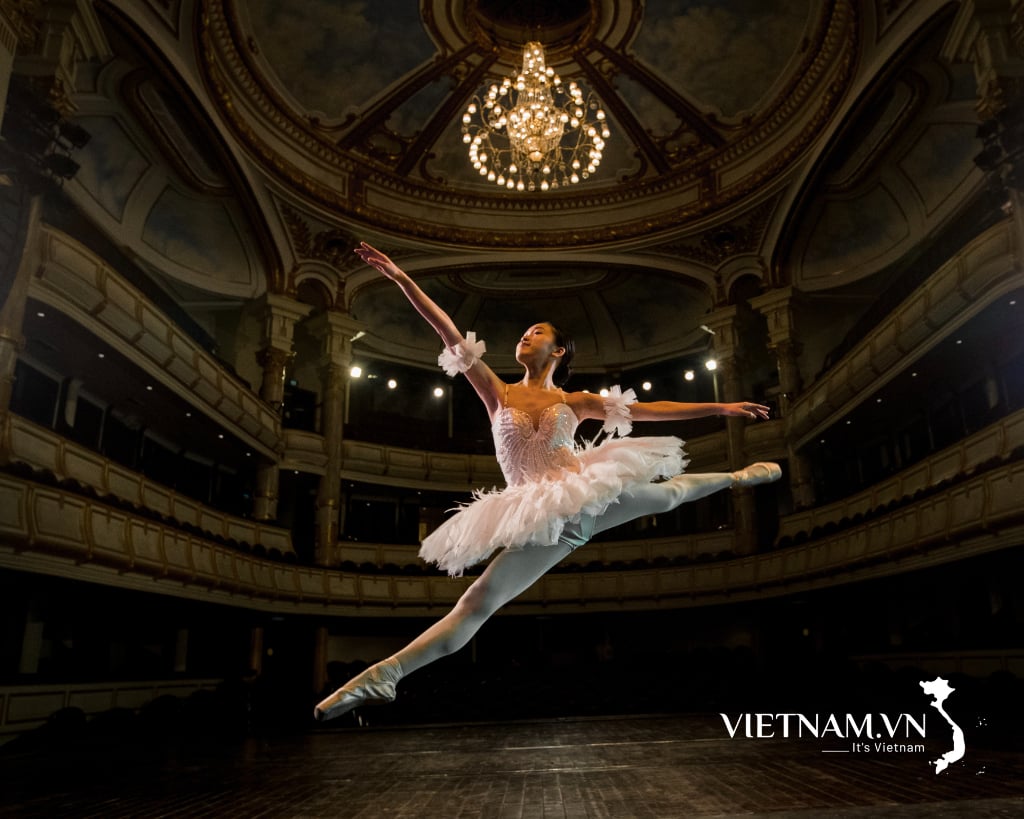
Comment (0)